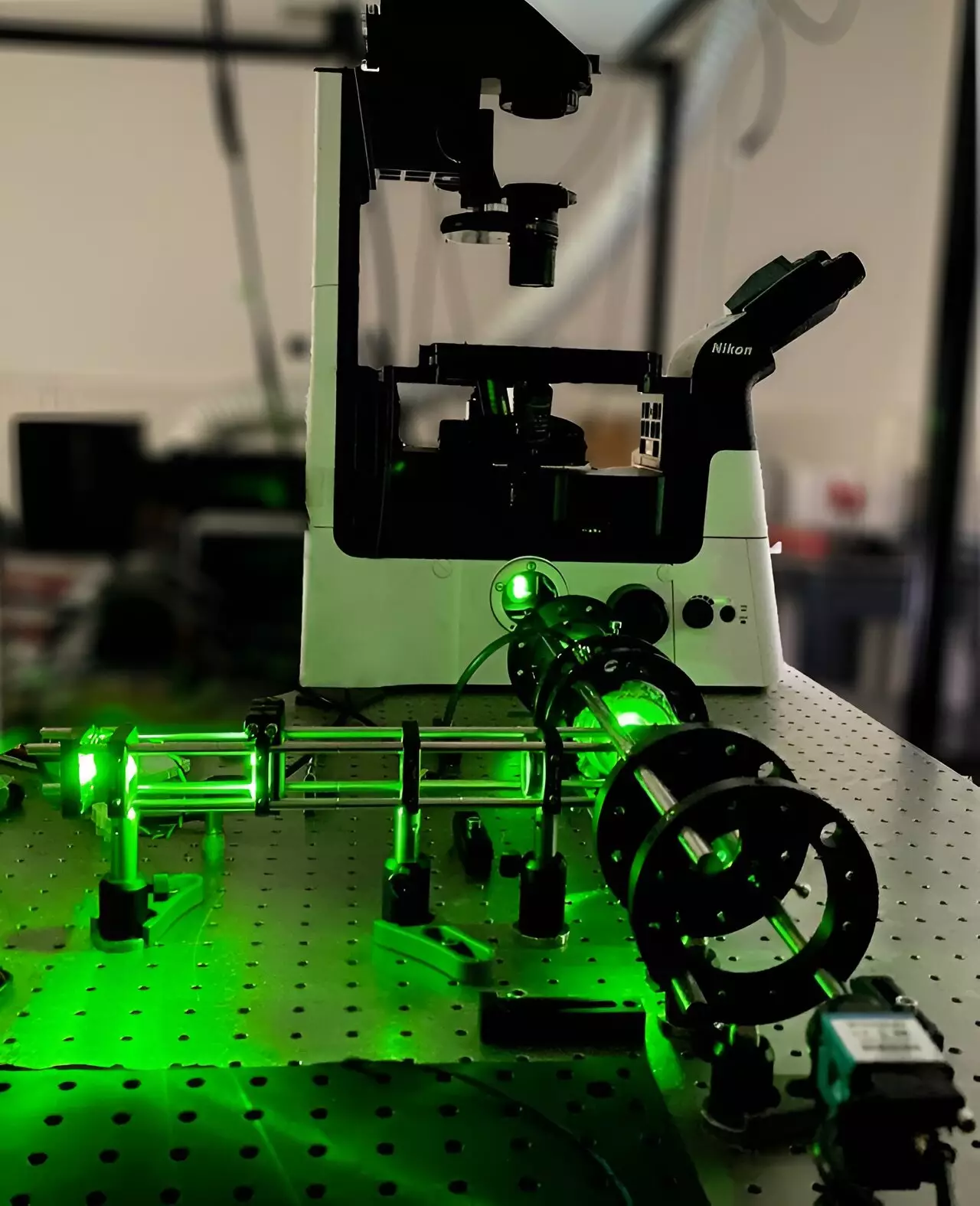In a groundbreaking collaboration between the University of Barcelona and Sensofar Tech, a team of experts has developed a cutting-edge technology for capturing three-dimensional images of study samples with unprecedented speed, accuracy, and non-invasiveness. Published in Nature Communications, this innovative system represents a significant advancement in optical profilometry, a widely used technique in various industries, including quality control, part inspection, and scientific research.
Traditionally, capturing the three-dimensional profile of micrometric objects involved a slow and meticulous process of scanning the sample plane by plane using a microscope. This laborious method limited the speed and spatial resolution of the imaging process. However, the new system introduced by the research team eliminates these constraints by drastically reducing the acquisition time of image collection. This breakthrough allows the technology to operate at the micrometer scale on relatively large samples in real-time, achieving up to 60 topographies per second.
One of the key advantages of the new system is its ability to characterize dynamic processes with unparalleled precision. Unlike conventional technologies that are restricted to thin samples or sacrifice spatial resolution on larger samples, this innovative system can capture detailed 3D images of moving objects in real-time. This capability opens up new possibilities for monitoring and analyzing rapid movements, such as the behavior of small devices equipped with gas sensors.
Central to the design of the new technology is the concept of intelligent interrogation, inspired by the logic of the “Who’s Who” game. By simultaneously querying multiple planes of the sample, the system can generate a comprehensive 3D profile with a significantly reduced number of images. This streamlined approach enhances the efficiency of the imaging process and minimizes data acquisition times, leading to faster and more precise results.
To implement the new technology, the research team integrated several cutting-edge components, including an ultrafast liquid lens for rapid scanning and an in-situ programmable gate array for precise synchronization of pulsed light. Overcoming technical challenges related to data acquisition rates and signal strength, the team successfully implemented the new system, paving the way for further advancements in optical profilometry.
The development of this innovative technology is part of an industrial doctorate program and is supported by the European Research Council (ERC) project led by Martí Duocastella. Looking ahead, the team aims to expand the application of the new system to other types of profilometers, such as interference, polarization, and confocal microscopes. By enhancing the capabilities of existing systems and pushing the boundaries of 3D imaging technology, the team is poised to revolutionize the field of optical profilometry.
The collaboration between the University of Barcelona and Sensofar Tech has unlocked the potential for a new era of 3D imaging technology. With its unprecedented speed, accuracy, and non-invasive nature, the innovative system has the power to transform quality control, part inspection, and scientific research across various industries. By pioneering intelligent interrogation techniques and leveraging cutting-edge components, the team has set a new standard for optical profilometry, paving the way for future innovations in 3D imaging.


Leave a Reply